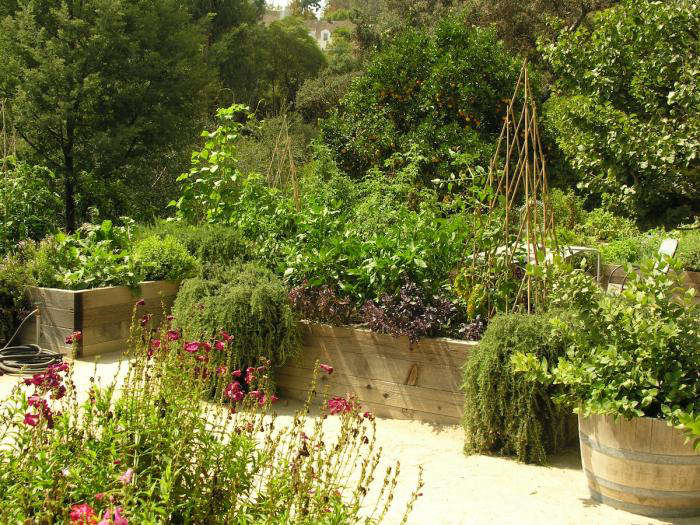For gardeners, winter is often the time to plan and implement new projects. But for those of us with an entirely blank canvas, it can be a process that is both intoxicating and intimidating in equal measure. Because how do you even begin? Help is at hand with the latest addition to Create Academy’s line up of specialists in the shape of Dan Pearson, who has poured all of his superlative experience as a plantsman and landscape designer into his “Naturalistic Garden Design” course.
Photography courtesy of Create Academy.

Not only does this make for sublime viewing—there are long languorous shots of Pearson’s own country garden in Somerset, England, and a client’s garden at the Old Rectory in the Cotswolds, as well as studio time in which he shows us exactly how he approaches a new brief—but it also provides a brilliant introduction for anyone staring at a characterless plot and wondering where on earth to start.

A good place, Pearson suggests, is by thinking about how you will use and move around the garden. As he puts it, consider the places to be, and places to do. What is your garden for and how do you want to use it? It is, says the designer, a bit like planning your house and where you might perform certain tasks; in the garden, that might translate to areas for growing herbs or food or more private zones where you might want to sit at different times of the day. As you start to map these out, the journeys between them emerge, and so too does any landscaping that you need to put in place.

Those bones will not only govern how you will move around and enjoy your garden, they also provide year-round structure. They should be beautiful in their own right and harmonize with the buildings and surroundings (he suggests using a maximum three materials in a scheme). In a naturalistic garden, what could be more harmonious than oak sleepers, used to create simple steps infilled with gravel or the sleekest of garden benches? “Take your time to think about there being a good solid bone structure, about things being generous enough, about things being deliberately not complicated,” he advises. “The choice of plants, the palette, the color, the form the texture, all that comes second. If you have a good strong bone structure you can then do so much more with what you put over the top of it.”

Light is a key consideration in all of this. Spend time at the start of any project to think about how the sun moves around your plot—which will be on a different arc at various times of the year—and then place your seating areas accordingly; an evening suntrap will make the perfect spot for some chairs or a table where you can also enjoy your garden backlit by the setting sun.

Pearson is also a believer in making the journeys, however short, between these spaces as meaningful as the destination. Adding moments of joy that will appear throughout the year from the earliest spring bulbs through to perennials, shrubs, or trees that will have their starring moment in autumn. By adding these “layers” you can create a four-seasons garden, even on the most micro scale.

And to ramp up the effects of all of this, add an element of surprise, advises the designer. By guiding visitors through a gap in a hedge or a door way, or keeping some zones of the garden “hidden,” you can create a conceal/reveal effect. Although of course these playful effects are never just for visitors alone; even when you live with it every day, that cathartic feeling of entering a space and experiencing the sensory overload of a beautiful garden never grows old.
Dan Pearson’s Naturalistic Garden Design Course costs £127 for 26 lessons with downloadable workbooks at createacademy.com
For more expert advice, see:
- 10 Garden Ideas to Steal from Superstar Dutch Designer Piet Oudolf
- The Secret History: A Master Class in Gothic Pruning
- Ask The Expert: How to Plant a Meadow Garden, with James Hitchmough









Have a Question or Comment About This Post?
Join the conversation